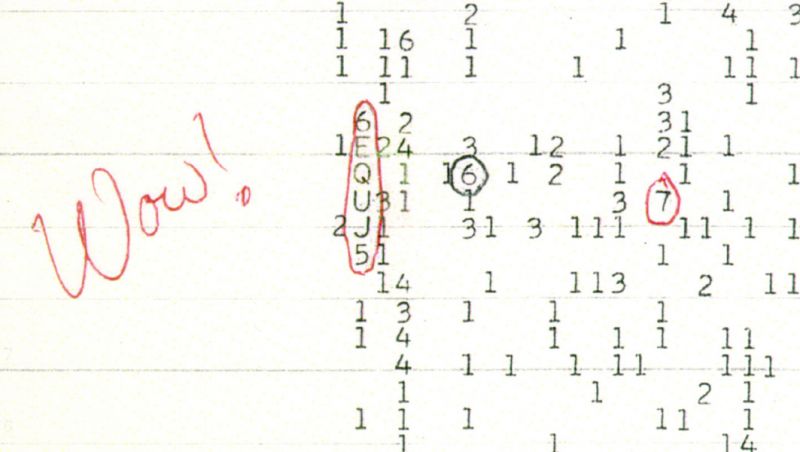
Planetary Picture of the Day
Week of January 22, 2024
Earth, Mars, Neptune's moon Triton, and the (finally) open sample of asteroid Bennu collected by OSIRIS-REx.
Monday, January 22, 2024

Crescent Earth
The Earth, from a height of about 18,000 kilometers, on November 9, 1967. The image was taken using an automatic camera mounted in the Apollo Command Module.
Tuesday, January 23, 2024

JWST Sheds Light on an Exploded Star
NASA’s JWST new view of Cassiopeia A (Cas A) in near-infrared light is giving astronomers hints at the dynamical processes occurring within the supernova remnant. Tiny clumps represented in bright pink and orange make up the supernova’s inner shell and are comprised of sulfur, oxygen, argon, and neon from the star itself. A large, striated blob at the bottom right corner of the image, nicknamed Baby Cas A, is one of the few light echoes visible in NIRCam’s field of view. In this image, red, green, and blue were assigned to Webb’s NIRCam data at 4.4, 3.56, and 1.62 microns (F444W, F356W, and F162M, respectively).
Wednesday, January 24, 2024

Layering at Ganges Chasma
Ganges Chasma is one of several deep troughs that make up the Valles Marineris system on Mars. This image shows the geologic contact between the walls of Ganges Chasma and the adjacent plains. The upper slopes of the walls of Ganges have layering that appears dark, rough, and blocky, consistent with lava flows that are thought to make up the plains around Valles Marineris.
Thursday, January 25, 2024

Triton
Global color mosaic of Triton, taken in 1989 by Voyager 2 during its flyby of the Neptune system.
Triton is the largest of Neptune's 14 moons. It is unusual because it is the only large moon in our solar system that orbits in the opposite direction of its planet's rotation―a retrograde orbit.
Scientists think Triton is a Kuiper Belt Object captured by Neptune's gravity millions of years ago. It shares many similarities with Pluto, the best-known world of the Kuiper Belt.
Friday, January 26, 2024

ORex Capsule Open!
The astromaterials curation team at NASA’s Johnson Space Center in Houston has completed the disassembly of the OSIRIS-REx sampler head to reveal the remainder of the asteroid Bennu sample inside. On Jan. 10, they successfully removed two stubborn fasteners that had prevented the final steps of opening the Touch-and-Go-Sample-Acquisition-Mechanism (TAGSAM) head.
Pictured here is a top-down view of the OSIRIS-REx Touch-and-Go-Sample-Acquisition-Mechanism (TAGSAM) head with the lid removed, revealing the remainder of the asteroid sample inside.





